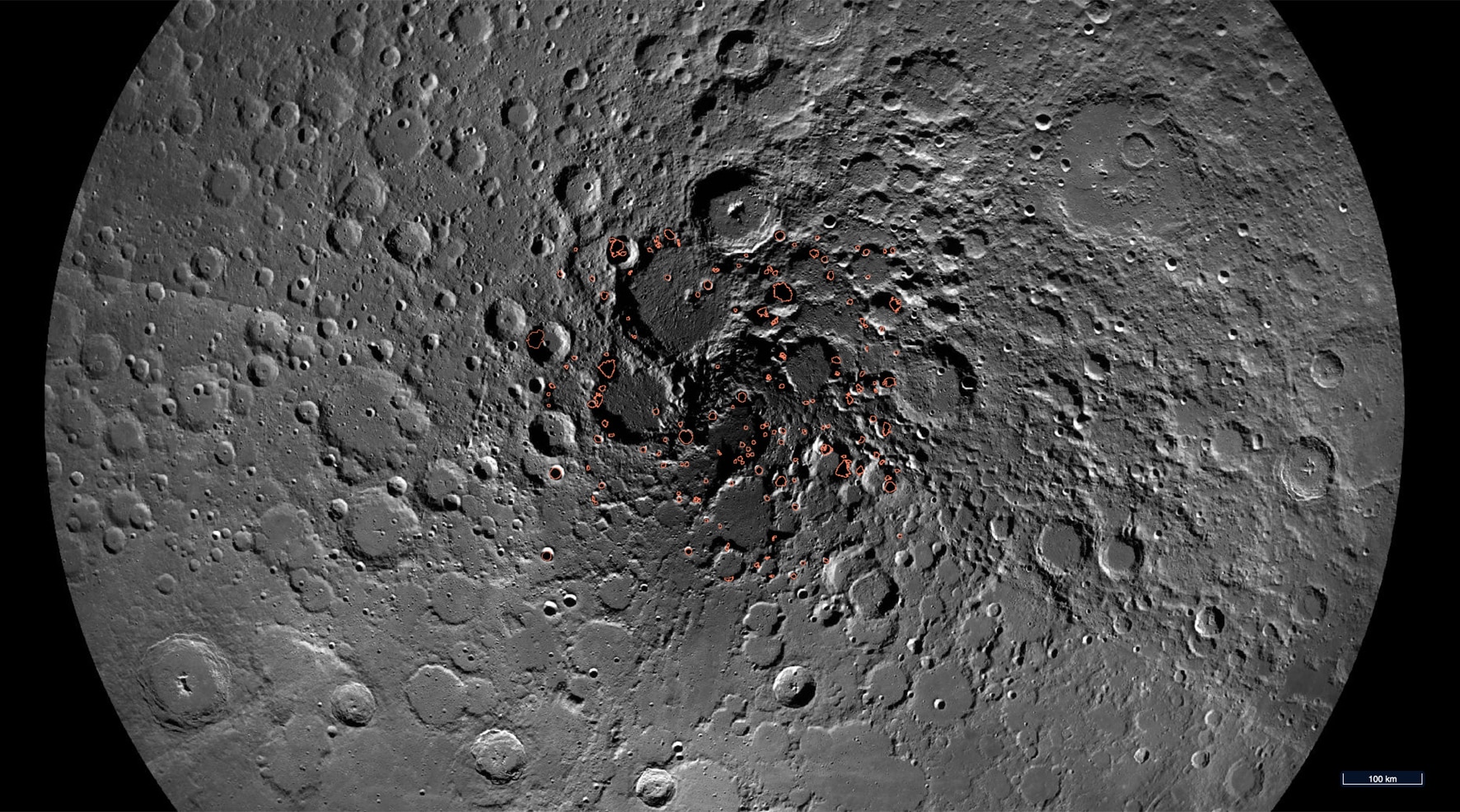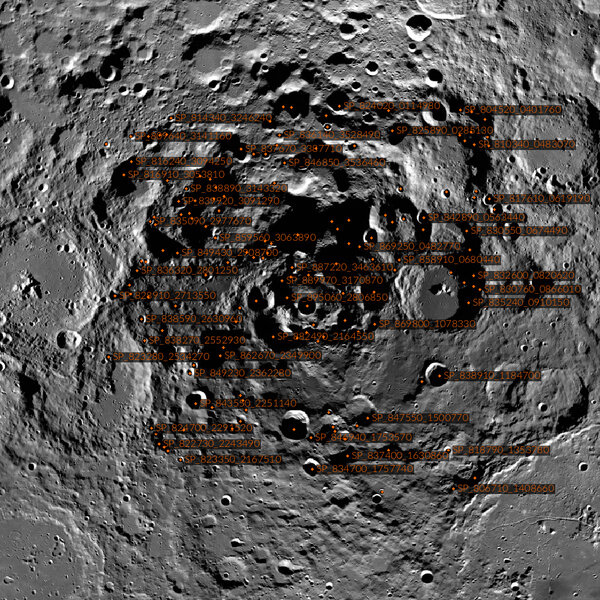Create a free profile to get unlimited access to exclusive videos, sweepstakes, and more!
Ice prospecting on the Moon

So you're an astronaut who wants to live on the Moon. Where do you want to build your house?
If you want to stay alive — and let's assume you do — you want the basics: air, water, fuel to move around or even leave if needed, and a power source. A quiet neighborhood isn't a problem (there's no air; it's quiet everywhere), and a nice view would be cool as well.
Oh, do I have a place for you: the Moon's north pole.
Now, don't laugh. On Earth the north pole isn't a terribly hospitable place, but on the Moon things are different. OK, yeah, it's not hospitable at all (again: no air), but that's true anywhere on the Moon. But the pole, it turns out, has everything a lunar explorer needs to survive.
Power is actually pretty easy to get at the high lunar latitudes. If you go up to a tall crater rim, say, you'll see the Sun circle the horizon once every month (the time it takes for the Moon to orbit the Earth once). It's literally daytime there all the time!* If you build a big ring of solar panels there, you can have juice flowing continuously.
But what about the rest, like air and water and all that? Ah, the boreal regions of the moon have that as well.
How? Ice. Seriously. Ice — specifically, water ice — is a space explorer's best friend. First of all, you can melt it and have water. Duh. But if you break up the water molecules into oxygen and hydrogen you get air you can breathe (you'll need to supply your own nitrogen, but that's not too hard), and recombining them carefully can make a rocket go (hydrogen peroxide has some uses as propellant as well).
But wait, I hear you thinking.† The Moon has no air, and the temperature gets really hot there during the day. How can there be ice on the surface?
Well, you know what they say: location, location, location. And in this case, that location is Permanently Shadowed Regions, or PSRs. These are the floors (and some cases, the bottoms of sloping walls) of craters near the pole. If the crater is deep enough, the Sun doesn't get up high enough to illuminate them (hence their name). The temperature there can stay extremely cold, enough that any ice that gets there will stay there.
How does ice get there? It's not clear; it might come from asteroid and comet impacts, for example. But there's plenty of evidence it's there.
Enough evidence that NASA takes the idea of building a base near the poles seriously. The space agency selected an instrument called ShadowCam, in fact, to fly on a Korean lunar mission called the Korea Pathfinder Lunar Orbiter (or KPLO, which is an auspicious name if you're Klingon and speak with an accent). This camera is extremely sensitive to light, and will be used to map PSRs using the very faint glow from light reflected by crater walls onto their floors.
It will generate high-resolution images of these cold traps, with the ability to see details as small as about 3 meters across. With these images NASA and other space agencies can literally map out where they can construct lunar bases.
To help out, the scientists with the Lunar Reconnaissance Orbiter have created preliminary maps of the poles as well, using the repeated observations of the spacecraft to determine where these PSRs are. They have created an atlas of them, which includes important supporting information like what images of each spot are available from LRO, a context image showing the surrounding area, and more.
I'll note the European Space Agency has also given the go-ahead to a mission that will map the Moon's south pole for ice. Called the Lunar Volatile Mineralogy Mapping Orbiter, it's small, just 12 tiny CubeSats combined (each is a cube 10 cm on a side, and can fit in the palm of your hand). Yet it will orbit the Moon and take detailed images of the south pole's Shackleton crater, looking for more of the precious ice. The ESA put out a nice explainer video about it that also talks a bit about how ice gets to the poles:
This is all pretty exciting to me. The discovery of what may be big reservoirs of ice on or just beneath the surface of the Moon in the PSRs opens up a huge possibility for permanent exploration. There are issues: It's hard to get a big spacecraft to land on the poles; the physics of orbital mechanics dictates that it takes a lot of effort (read: fuel) to change your orbit from an equatorial one to one that gets you near the pole. But with the advent of big rockets like the Falcon Heavy and the New Armstrong (and, sigh, yes, maybe even the SLS) this may become easier.
Bases at the Moon's poles sound like something out of a sci-fi story, but they may yet become very real. I don't expect it'll be any time soon before we see real estate ads for them, but I have to think … From the rims of these craters the Earth will sometimes appear just over the horizon, sitting there all big and blue and white and beautiful. That would be an amazing view.
And a great selling point. Plus of course, the obvious: From the north pole, at least, every place has great southern exposure.
* Well, most of the time. Depending on how high up you are and the actual latitude, the Sun might set for a little while every month. But that's what batteries and a backup nuclear generator are for.
†I cannot hear you thinking. This is a rhetorical device.



























